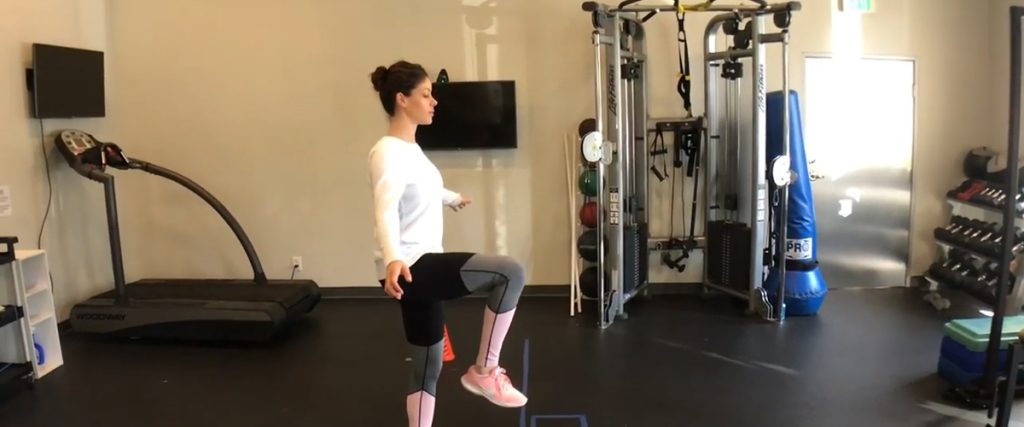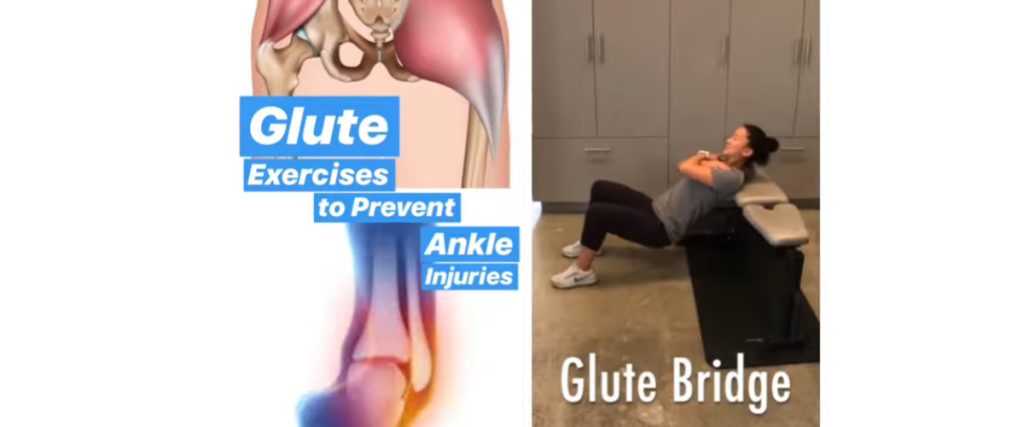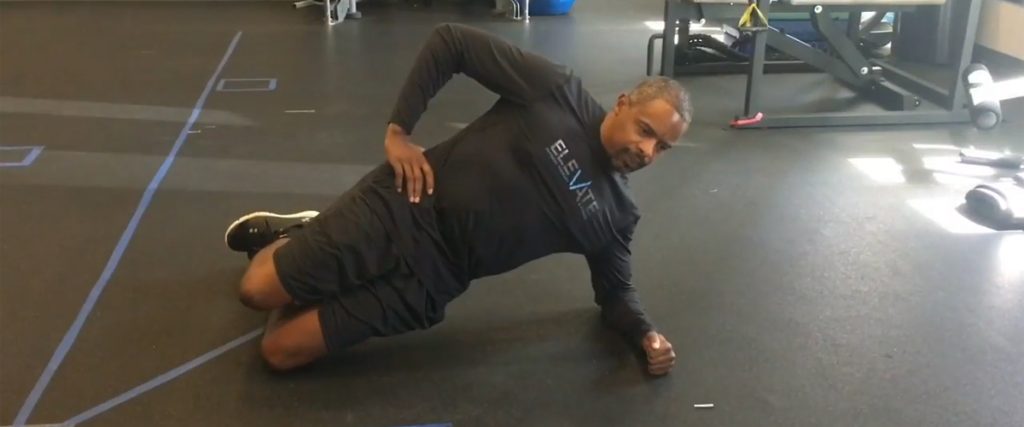Ankle sprains are one of the most common injuries that young athletes sustain while participating in sports. More specifically, in the sport of soccer, ankle sprains constitute approximately 80% of all injuries, lateral ankle sprains (inversion mechanism) being the most prevalent.1,2 Due to the high demand of running, cutting, and jumping, soccer is among the few sports with the highest percentages of ankle sprains.3 Research shows that females sustain more lateral ankle sprains compared to their counterparts.4 The peak incidence of ankle sprains occurs within the 2nd and 3rd decade of life, leaving older athletes more prone to ankle injury compared to the adolescent population. 4 Furthermore, lateral ankle sprains incur the greatest health care cost compared to medial and high ankle sprains, suggesting the need for preventative care. 4 In a study by Powers et al, hip weakness in competitive male soccer players was shown to result in poor balance and compensatory movement patterns in the ankle, leading to an increased propensity for noncontact lateral ankle sprains.5 In this research study, competitive male soccer players between the ages of 14-34 were tracked over 1 soccer season. Each participant’s hip abductor strength was assessed prior to the start of the season. At the end of the season, 25 noncontact lateral ankle sprains were reported. Based on baseline hip abductor strength, those who sustained a lateral ankle sprain had weaker hip abduction. It was suggested that decreased hip abductor strength can lead to decreased postural control and increased compensations at the ankle, which can lead to ankle sprains. Furthermore, additional research by De Ridder et al shows reduced hip extension muscle strength is an independent risk factor for lateral ankle sprains in male youth soccer players.6 Why Is This Important Information? The mere prevalence of ankle sprains among U.S. youth sports strongly suggest the need to have preventative care measures. Lateral ankle sprains incur the greatest health care cost compared to medial and high ankle sprains, further emphasizing the need to find avenues of injury prevention.4 Research is suggesting a strong correlation between hip weakness and ankle injury in soccer players. This becomes a potential solution to decreasing or preventing ankle sprains. If athletes are able to optimize hip strength, perhaps susceptibility to an ankle sprain will decrease. This correlation can be applied beyond soccer athletes; other field sports and recreational activities that may involve a significant amount and repetition of running, cutting, and jumping can potentially benefit from heeding the research data for preventative care. References: 1) Giza E, Fuller C, Junge A, et al. Mechanisms of foot and ankle injuries in soccer. Am J Sports Med 2003;31:550–4 2) Nery C, Raduan F, Baumfeld D. Foot and ankle injuries in professional soccer players: diagnosis, treatment, and expectations. Foot Ankle Clin N Am. 2016;21(2):391-403. DOI: 10.1016/j.fcl.2016.01.009 3) Waterman BR, Owens BD, Davey S, Zacchilli MA, Belmont PJ Jr. The epidemiology of ankle sprains in the United States. J Bone Joint Surg Am. 2010;92(13):2279–2284 4) Shah S, Thomas AC, Noone JM, Blanchette CM, Wikstrom EA. Incidence and Cost of Ankle Sprains in United States Emergency Departments. Sports Health. 2016;8(6):547-552. doi:10.1177/1941738116659639 5) Powers, C.M., Ghoddosi, N., Straub, R.K., & Khayambashi, K. (2017). Hip Strength as a Predictor of Ankle Sprains in Male Soccer Players: A Prospective Study. Journal of athletic training, 52 11, 1048-1055. 6) De Ridder, R., Witvrouw, E.E., Dolphens, M., Roosen, P., & Ginckel, A.V. (2017). Hip Strength as an Intrinsic Risk Factor for Lateral Ankle Sprains in Youth Soccer Players: A 3-Season Prospective Study. The American journal of sports medicine, 45 2, 410-416.





